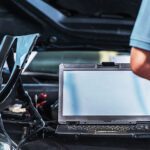Automotive Testing Puts Connectors Through a Lifetime of Intense Demands
Interconnects used in automotive testing processes endure the rugged conditions of life on the road, before a car is even assembled. Modular rack and panel connectors offer durability, flexibility, and dependability under test conditions.
Auto buyers expect new cars to provide a smoother, quieter, and easier driving experience while also providing greater safety and less environmental impact. Connected technologies make all these things possible, with innovations such as engine control modules, anti-lock braking, automatic braking, lane-keeping systems, electronic transmission controls, dynamic cruise control, airbag systems, navigation, infotainment, and even autonomous driving features adding to the complexity of modern vehicles. To ensure customer confidence in these technologies — and to achieve the required certifications that support them — electronic systems in new car models must endure a rigorous and aggressive automotive testing and validation regime.

Automotive testing subjects individual components, connected systems, and whole vehicles to an intensive series of laboratory, virtual, and real-world assessments, from extensive electronics testing, emissions analysis, and crash simulations to a wide range of “buzz, squeak, and rattle” investigations. This testing can occur during various steps in the process, such as in-process testing during production, end of the line testing of the device, post-production stress testing, as well as in-car testing. All connectors and cables must be tested to ensure dependable performance under the rugged road conditions those components will endure for many years, including temperature extremes, road chemicals, water, debris, vibration, shock, and impact.
But it’s not just the cars that must withstand harsh environments. The testing equipment itself must be highly sophisticated and sensitive, yet at the same time, exceptionally robust so that it can keep putting vehicles and components through the paces, again and again. This equipment is often automated, and the interfacing connectors will suffer from particularly rough treatment, as slight but repetitive misalignments add to the stress on them. The connectors that interface to this equipment must be rugged, compliant to slight misalignments, and able to withstand multiple mating cycles over an extended period of time, without failure. Under test conditions, these connectors endure a lifetime of use in a compressed timeframe and reach a replacement point more quickly than they would in everyday use.
It is essential that testing equipment perform as needed to support the goals of the automotive testing process. Test customers not only want to achieve regulatory compliance and confirm product safety and quality, they want to expose any potential faults early to make adjustments and minimize total development costs. Additionally, if testing reveals a measurable point of excellence, car manufacturers like to be able to promote this feature to their customers.
Such cutting-edge expectations require connectors that can perform reliably and consistently in the relentlessly unforgiving test environment, with the resilience to withstand multiple mating cycles over an extended period of time without failure. At the same time, they need to be easy to assemble, have a low unit price, and be configurable for different applications and models.
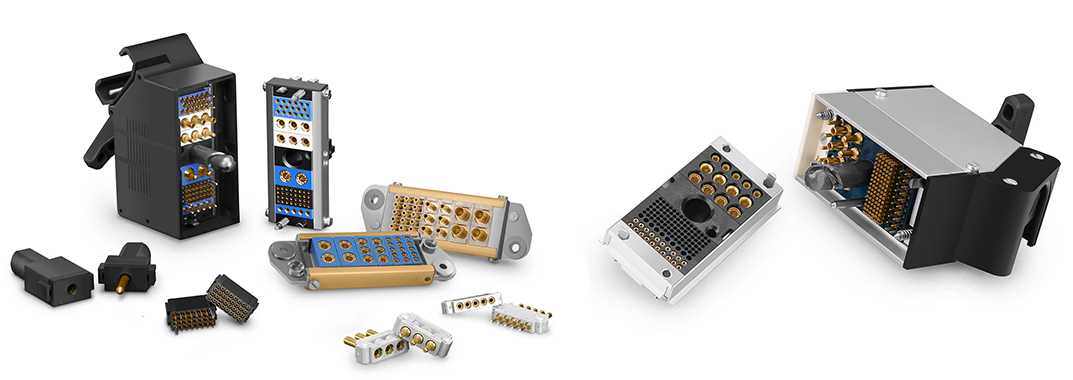
Smiths Interconnect’s L, H, and N Series of high-density modular rack and panel connectors include the company’s Hypertac Hyperboloid “basket of wires” technology.
Throughout the years, testing companies have borne the high costs of replacement components and custom arrangements needed to support the demanding automotive testing process. As components used in automotive systems become more powerful, complex, and critical to operations, the quality of components used in test equipment has evolved in tandem. A new generation of connectors that can endure the rigors of the testing process is giving test equipment operators greater assurances of longevity, accuracy, and quality in the components they select to build testing systems.
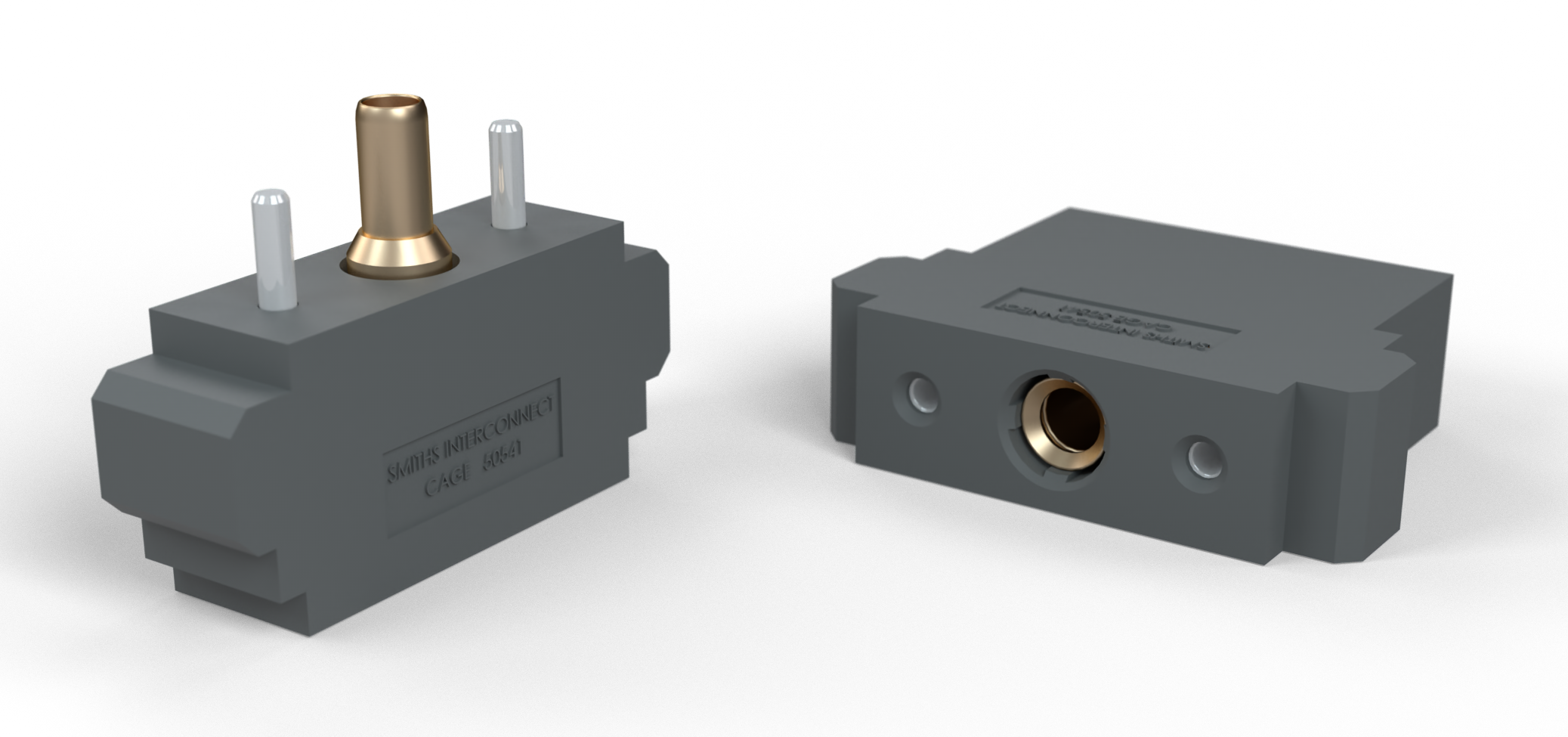
Smiths Interconnect’s L Series modules include mixed signal, power, coaxial, fiber optic, and pneumatic, providing up to 200 amps.
Modular Rack and Panel Connectors
One of the most effective types of connectors used in automotive test equipment are modular rack and panel connectors. These interconnects offer very high mating cycles combined with low insertion and extraction forces for greater durability in the intensive use conditions of automotive testing, as well as immunity to shock and vibration — a critical feature in the simulation of real-world driving conditions. The rack and panel design provides more consistent contact. The modular design of this connector type gives designers of test equipment the flexibility they need to create custom configurations or configure connectors with large numbers of contacts into a single frame. The benefits of modularity help test facilities meet their own customers’ exact and changing requirements with off-the-shelf components for lower cost and shorter lead times.
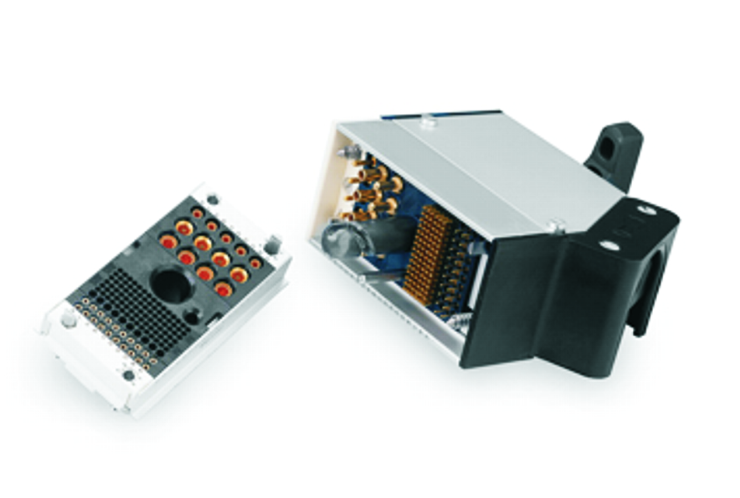
Smiths Interconnect’s H connector range benefits from a high contact density, with up to 1,000 x 0.6mm removable contacts, allowing up to 5,000 mating cycles (15,000 with a half-turn jackscrew) and a high current rating up to 50 amps.
The frames used in modular connector systems are as important as the connectors themselves. These components range from a basic frame with just two side rails and two end caps, to more complex versions with plastic backshells for strain relief, half-turn jackscrew extractors for quick disconnections, and float-mountable guiding and coding functions to ensure smooth, reliable and speedy blind mating/unmating.
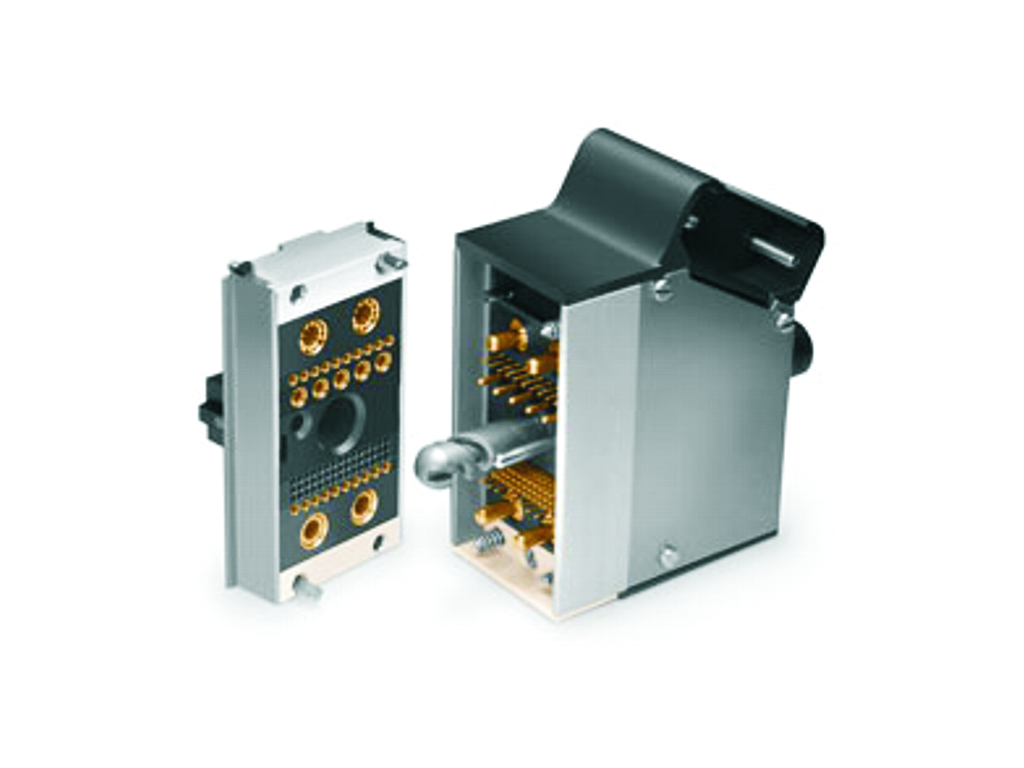
Smiths Interconnect’s N Series connectors are designed for the most demanding of applications. They include coax and high current contacts up to 25 amps, allow for up to 900 contact positions and the contacts offer up to 100,000 mating cycles.
By selecting components that are designed to handle extreme conditions, whether in test conditions or on the road, designers can ensure that each new year brings cars that are safer, cleaner, and easier to enjoy. Innovation is occurring very rapidly in the automotive sector, and testing facilities are keeping up with more sophisticated processes. Interconnects selected for high reliability, durability, exceptionally easy handling, and flexibility are helping to drive automotive testing and validation to new extremes.
Visit Smiths Interconnects for more information.
